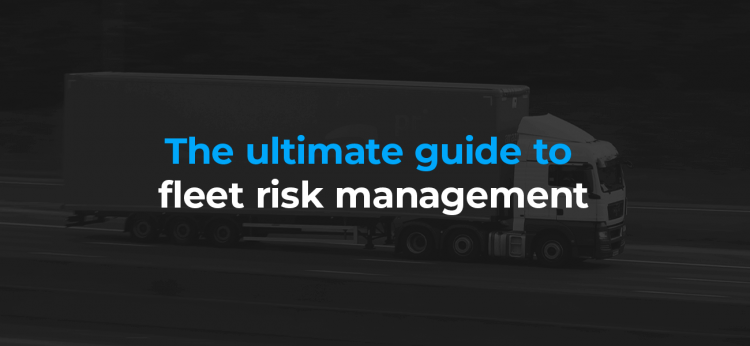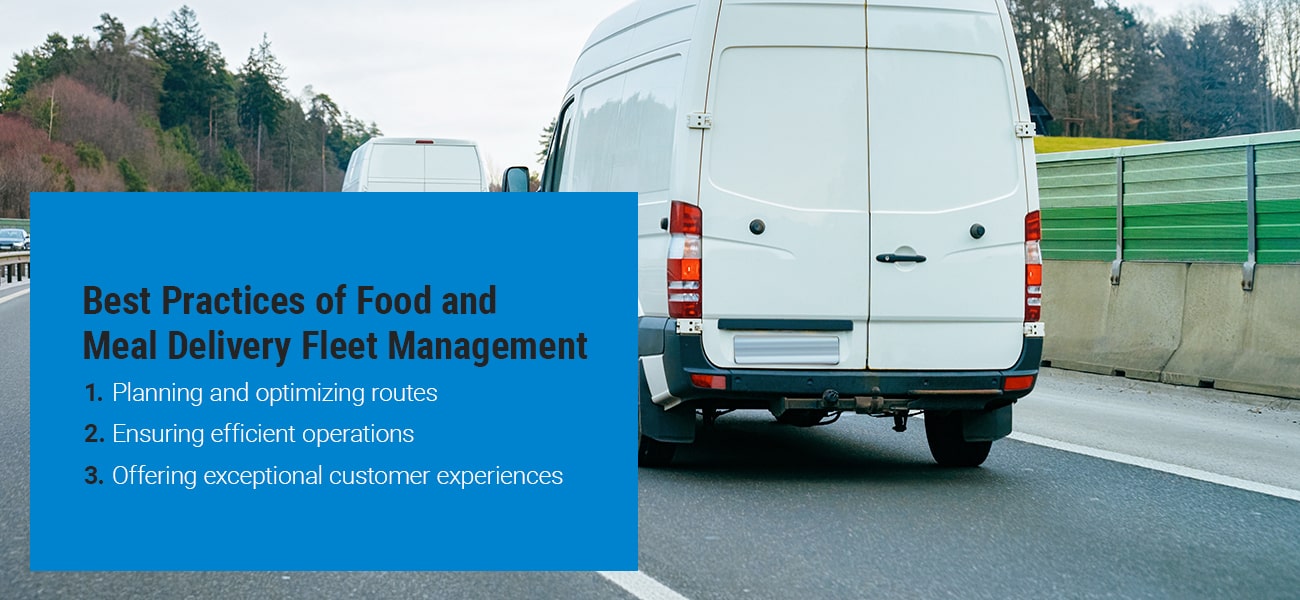What Is Fleet Monitoring?
Fleet monitoring is the management of a company's mobile assets using tools such as GPS trackers and software. In recent years, fleet monitoring has become a great instrument fleet managers can use to streamline operations and improve efficiency.
The technology for fleet monitoring is only continuing to grow — it's likely to become even more of a staple in the industry in the future. Check out our fleet monitoring guide to learn more.
How Does Fleet Monitoring Work?
Fleet monitoring works by tracking and collecting data from mobile assets. In turn, you can transform this data into valuable information you can use to make a fleet operate more effectively. Fleet monitoring software is a comprehensive tool that can give you a wide range of information, including:
- Idle activity
- Total distance covered by fleet
- Total gallons used
- Average and top speed
- Total number of stops made
- Location of fleet
- Routes
- Overall health of the fleet
- Amount of fuel used
With the vast amount of information available via fleet monitoring, it's clear to see why fleet managers are opting to use it.

Benefits of Fleet Monitoring
There's a reason fleet monitoring has become essential in the mobile asset industry — it carries many advantages that are crucial to managing a fleet.
As someone in charge of a large number of assets, you likely already have a lot of work on your plate. Fleet monitoring software allows you to conveniently receive insights into your business and gain multiple benefits.
1. Efficiency
Increased efficiency is one of the first advantages you'll get when you start working with fleet monitoring tools. With access to information about the amount of fuel used and average speeds, you can work to streamline all of these details and find the optimal versions for your fleet.
2. Productivity
One of the biggest problems fleets face is idle time. This may be a case of a poorly-planned route or a driver who has stopped. Whatever the reason, fleet monitoring can help you eliminate wasted time and keep your assets operating at top productivity.
Fleet monitoring software will also help gather data for more organization in the actual office, too — aspects such as payments and schedules become more fluid with the adoption of streamlined data tools.
3. Customer Satisfaction
Proper use of fleet monitoring tools can lead to an increase in customer satisfaction. GPS tracking and communication software can send a message to the customer when a driver is in their area.
Fleets will also become more responsive to customer requests, allowing them to deal with issues that may arise more effectively. The more information you have about your fleet, the easier it'll be to find ways to satisfy your customers.
4. Safety
Efficiency and productivity are extremely important when it comes to managing a fleet. Safety is another essential aspect of fleets that should always be prioritized.
Many managers, however, may find it challenging to make sure drivers are following safety guidelines on the roads. With fleet monitoring software, you can track safety aspects such as top speeds and ensure drivers are staying cautious.
You can even use driver scorecards and benchmarks to help emphasize that culture of safety. Drivers can then compare their scorecards to one another and strive to be one of the safest drivers in the company.
5. Accountability
All fleets need some sort of accountability to be successful. Each mobile asset is part of the greater whole, and when one part of it starts to lag, it can affect the entire fleet. Simply instituting a monitoring policy can have great effects on your fleet — often, drivers won't even realize they've developed a bad habit until it's pointed out to them.
Fleet monitoring software can help every driver in your fleet be aware of their driving and keep them accountable for their actions.
6. Assistance
Accidents happen out on the roads, whether it be a collision or a disabled vehicle. In these instances, aside from safety, speed is of the essence — the longer that mobile asset is idle, the greater the loss is.
GPS tracking allows you to identify exactly where that asset is and replace it as soon as possible. Fleet monitoring software can also help figure out routes for other nearby assets who may be able to complete the delivery instead.
7. Routine Maintenance
Fleet monitoring can also help keep track of the overall health of your fleet. You'll know what kind of shape your assets are in at all times and get reminders for scheduled maintenance. This streamlining will take a lot of worry off your shoulders and allow you to rely on the fleet monitoring benefits to keep assets in great condition.
Fleet Monitoring Best Practices
When you decide to invest in tracking software, it's important to keep some helpful fleet monitoring tips in mind:
1. Set goals
Even before you start using software, you should set goals for your fleet. Decide what exactly you're looking to get out of the software. Are you looking to promote safety, improve efficiency, or accomplish something else?
You can start with a broader goal and break it down into more actionable steps. Fleet monitoring software can help you target those goals and build a successful, effective fleet.
2. Communicate with Employees
One obstacle fleet managers face when implementing fleet monitoring software is the reaction from their employees. Some responses may be negative, as certain employees could find it to be a breach of trust.
It's important to communicate with your team that fleet monitoring software is often beneficial for everyone involved — it'll keep drivers safe on the road, eliminate time sitting idle on the roads and create a more organized, streamlined system that will make everyone's job a little easier.
3. Find the Most Relevant Metrics
Fleet monitoring software can introduce you to a lot of information. It's important to follow the metrics that are relevant to your goals. If you're looking to improve fuel efficiency, for example, you may want to highlight aspects such as the amount of fuel used, average speeds, and the number of stops made.
4. Choose the Right software
There are numerous fleet monitoring software options on the market. Be sure to do your research and find the right software to fit your needs. Working with a trusted fleet management company is crucial for your success.
Rand McNally Fleet's Monitoring Solutions
Rand McNally Fleet is your place for fleet monitoring solutions. We offer a variety of tools including GPS asset tracking, fleet vehicle tracking, vehicle analytics, driver analytics software, and video telematics.
These tools can help your fleet become even more productive and efficient. Whether you're managing a number of vehicles on the roads or various machines in a warehouse, our fleet monitoring solutions can help.

Request Pricing Today
Fleet monitoring tools can help improve safety, efficiency, and productivity in your fleet. Rand McNally Fleet is ready to offer you the help you need. Request pricing today!
Contact Rand McNally
Request Pricing for Fleet Solutions
We're looking forward to talking with you. Please fill out the form to get started.
Or call us:
+1 (800) 789-6277 (Fleet management, ELD, Asset tracking, Navigation)
+1 (800) 234-4069 x2 (MileMaker/IntelliRoute)
If you are an existing customer and need assistance, please contact your Client Success rep or email fleetsupport@randmcnally.com.
This form is for business-to-business transactions only. It is not for personal consumer use.

